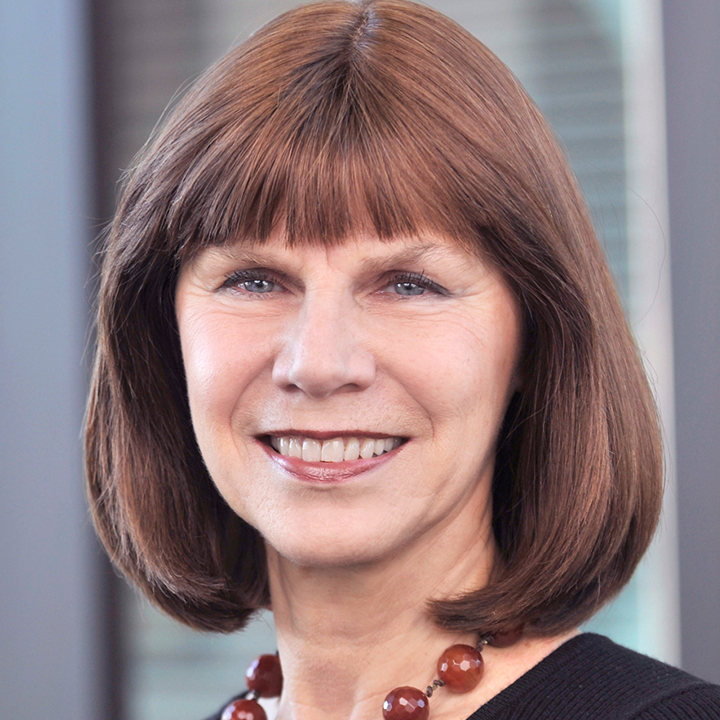Carol Tamminga, M.D.
- Professor, Psychiatry
- Chair
- Stanton Sharp Distinguished Chair in Psychiatry

“Set high goals, work with passion, and only accept excellence.”
Contributions to STEMM
Dr. Tamminga leads the Psychiatry Department at UT Southwestern. “As Department Chair, I am responsible for the work of my Department: clinical care delivery, education, and research. I have very good deputies, so this is time consuming but not hard to do.”
While she treats the full spectrum of psychotic illnesses, Dr. Tamminga focuses on schizophrenia in her research. “My research is focused on understanding the brain mechanisms involved in psychotic illnesses. I have been focused on the structure, function, and biology of the hippocampus in schizophrenia and discovered substantial pathology in human postmortem tissue,” she said.
“It has been my overall goal to describe and then demonstrate some piece of brain dysfunction in psychosis which then could be a treatment target, to bring a curative treatment to people who suffer with diseases like schizophrenia.”
Overcoming Challenges
“Women always encounter barriers and experience setbacks in STEMM, especially while they are a significant minority,” Dr. Tamminga explained. Her advice to women seeking to push past these challenges is to “use every risk, barrier, and setback to reassess your goals and reaffirm your strategies. Be sure you are headed in the right direction, and that this direction is one that you believe is significant and contributory. You will be more thoughtful and considered if you do this and gain advantages in your career.”
The UT Southwestern Difference
“All areas of medicine offer so much intellectual stimulation that I never get bored or complacent,” Dr. Tamminga said of her career at UT Southwestern. “There is so much understanding to achieve based on ideas, creativity, and hard work. These achievements will be hard fought and will contribute to the fabric of science in medicine – and to the fabric of life.”
“I have never before been a part of such a celebratory project dedicated specifically to women,” she said of her involvement in the Celebrating Breakthroughs Together Project. “It is a wonderful thing, especially for older women where ‘sisterhoods’ did not exist in training or in early career days. There is a very special pleasure working, growing, and creating with women partners and contributing to the goals of medicine together. I hope that the Celebrating Breakthroughs Together project will make it easier for talented women to work more effectively in STEMM.”
View Academic Profile